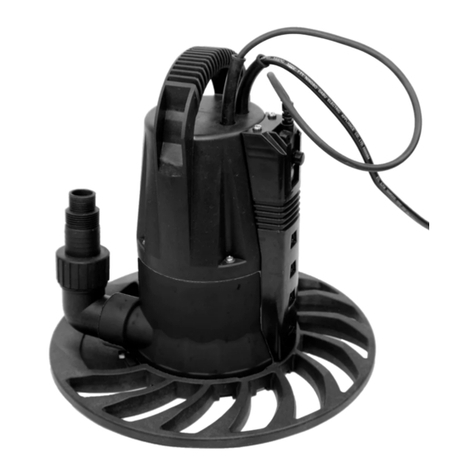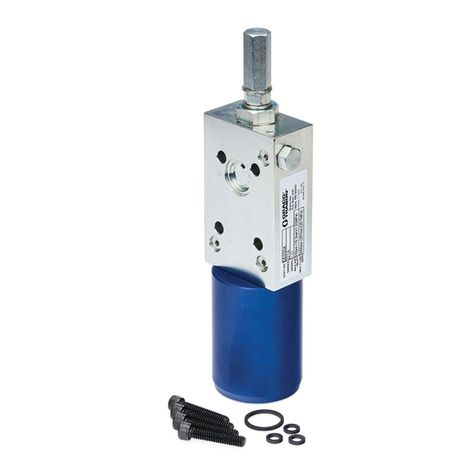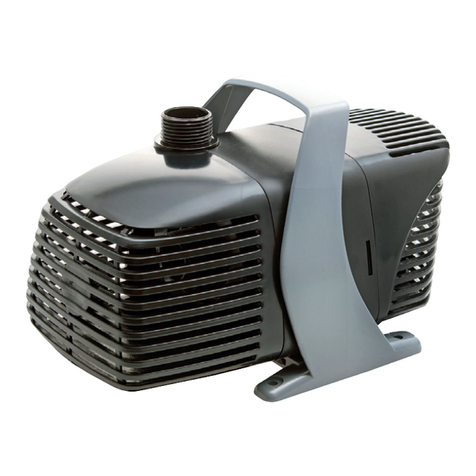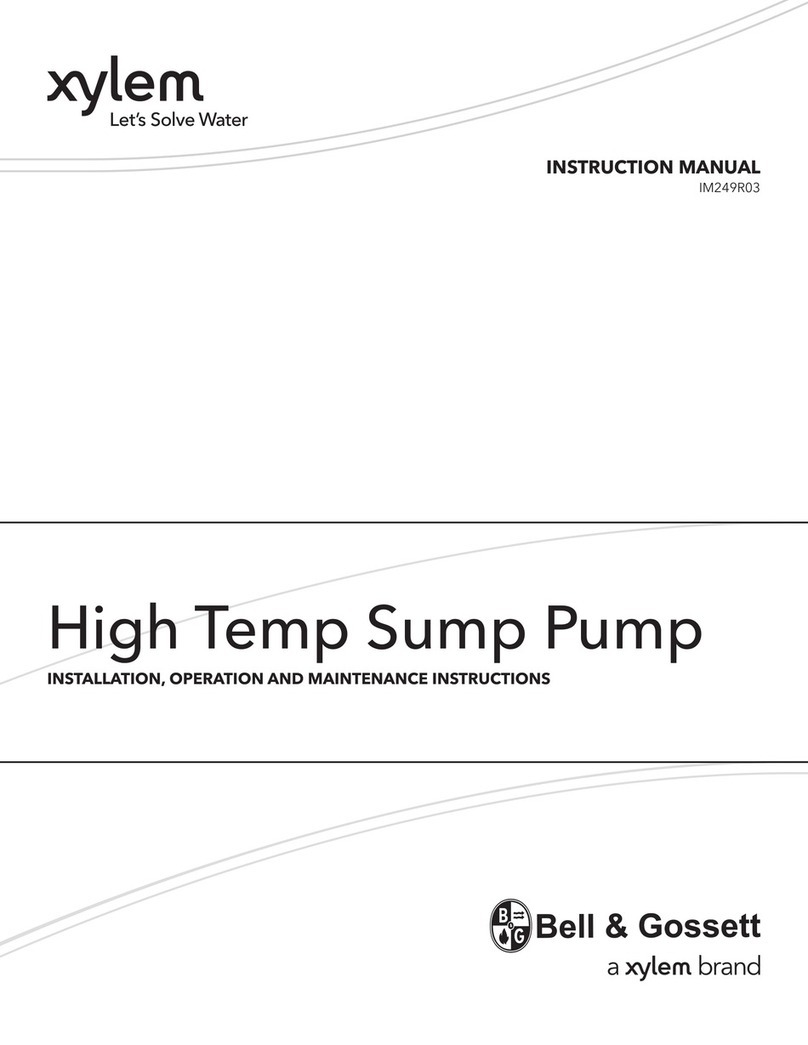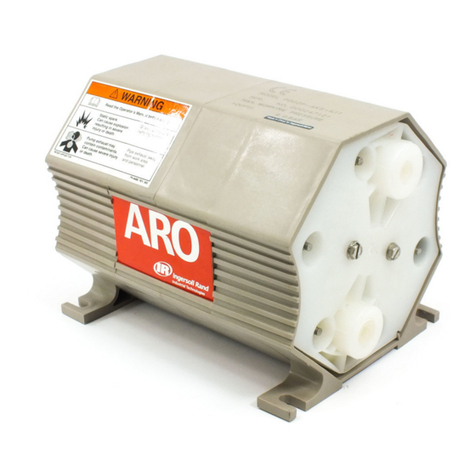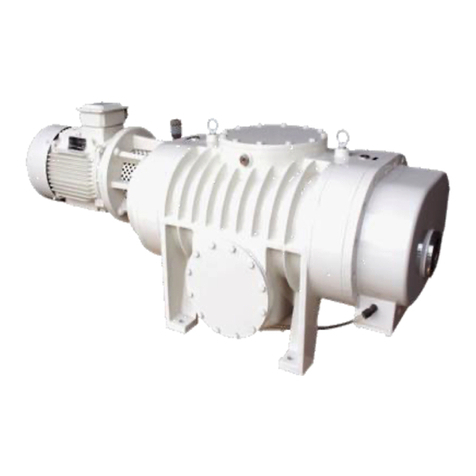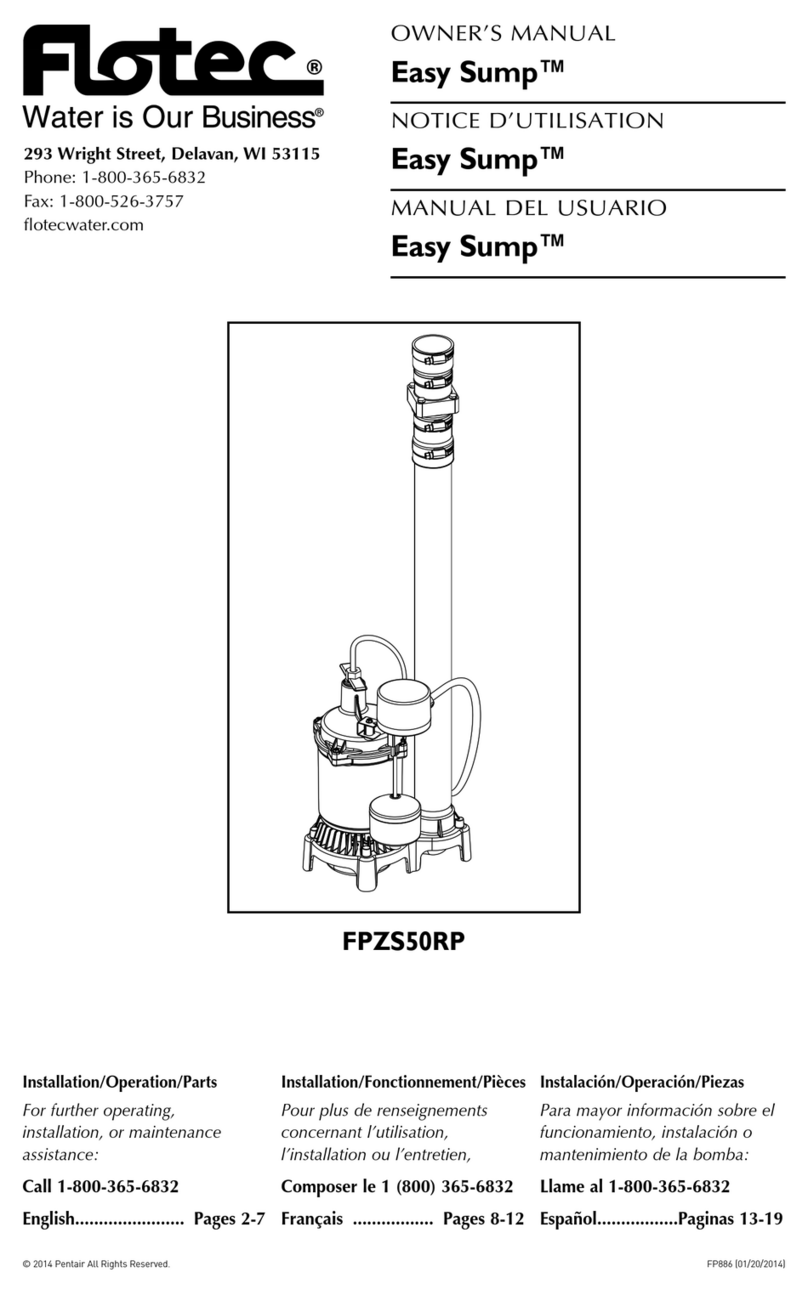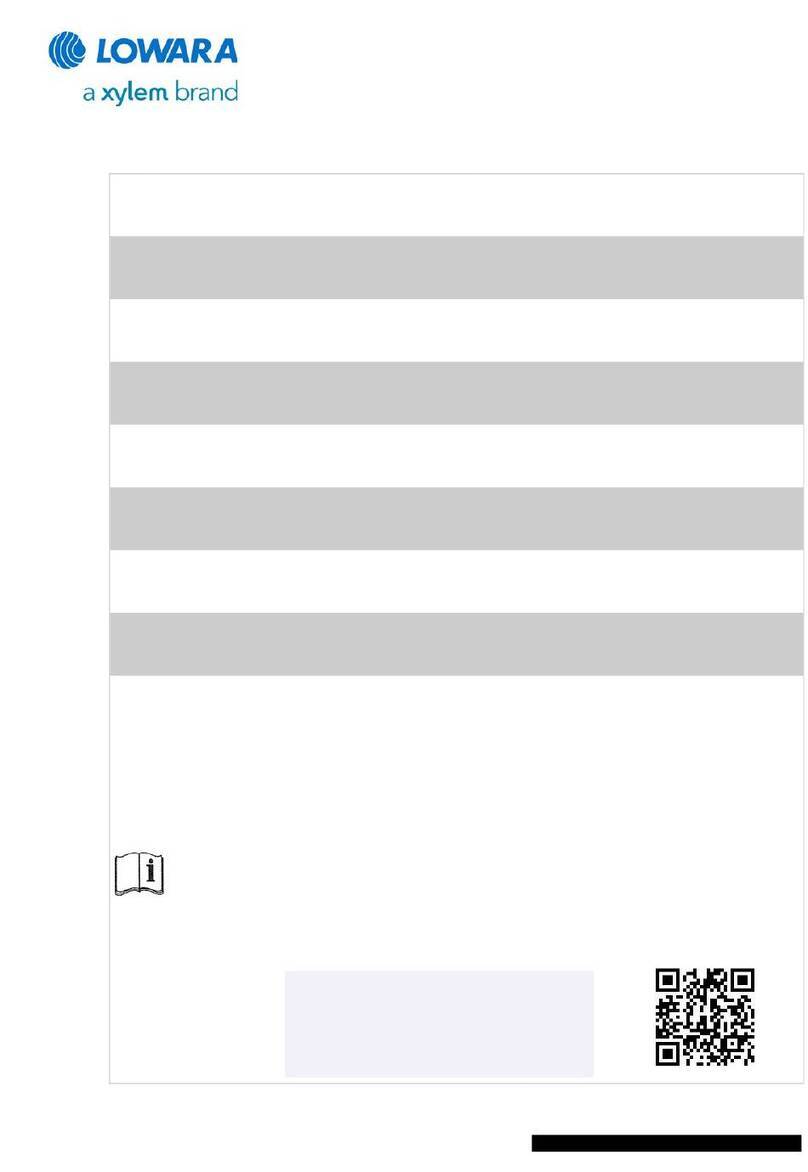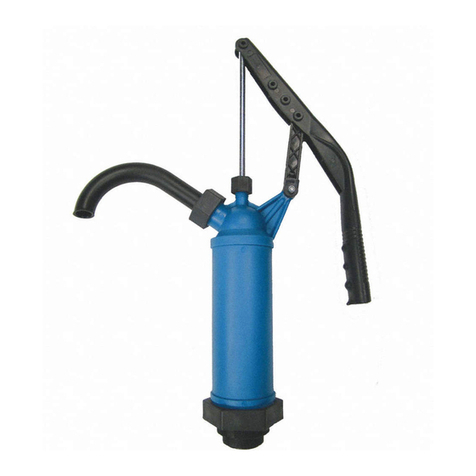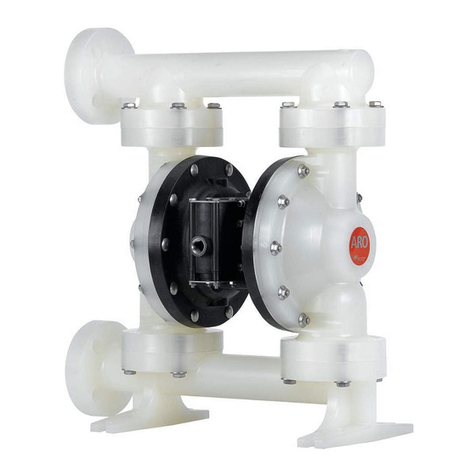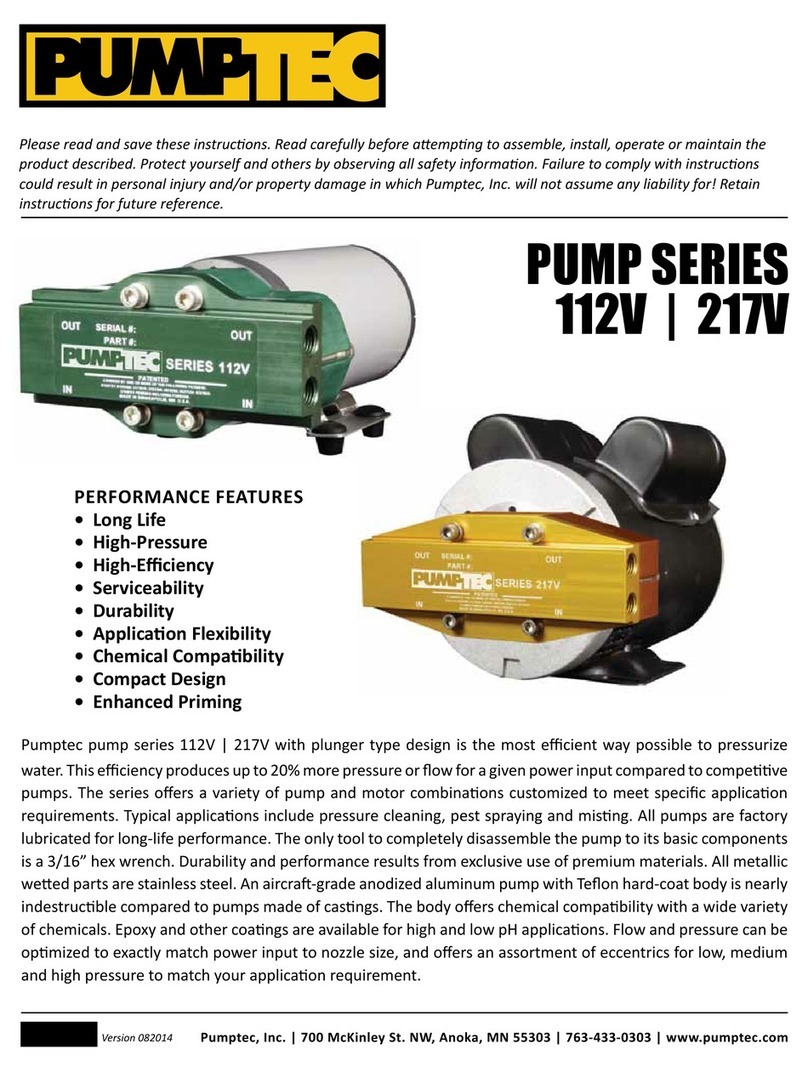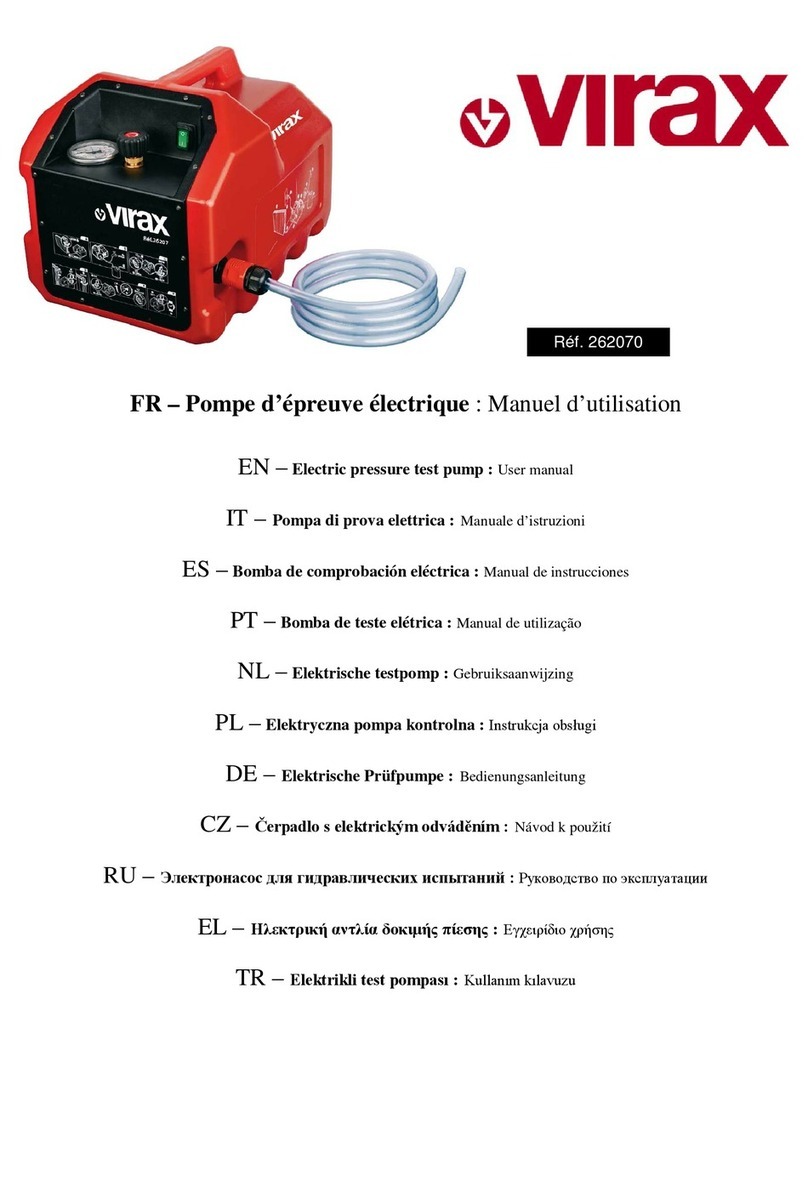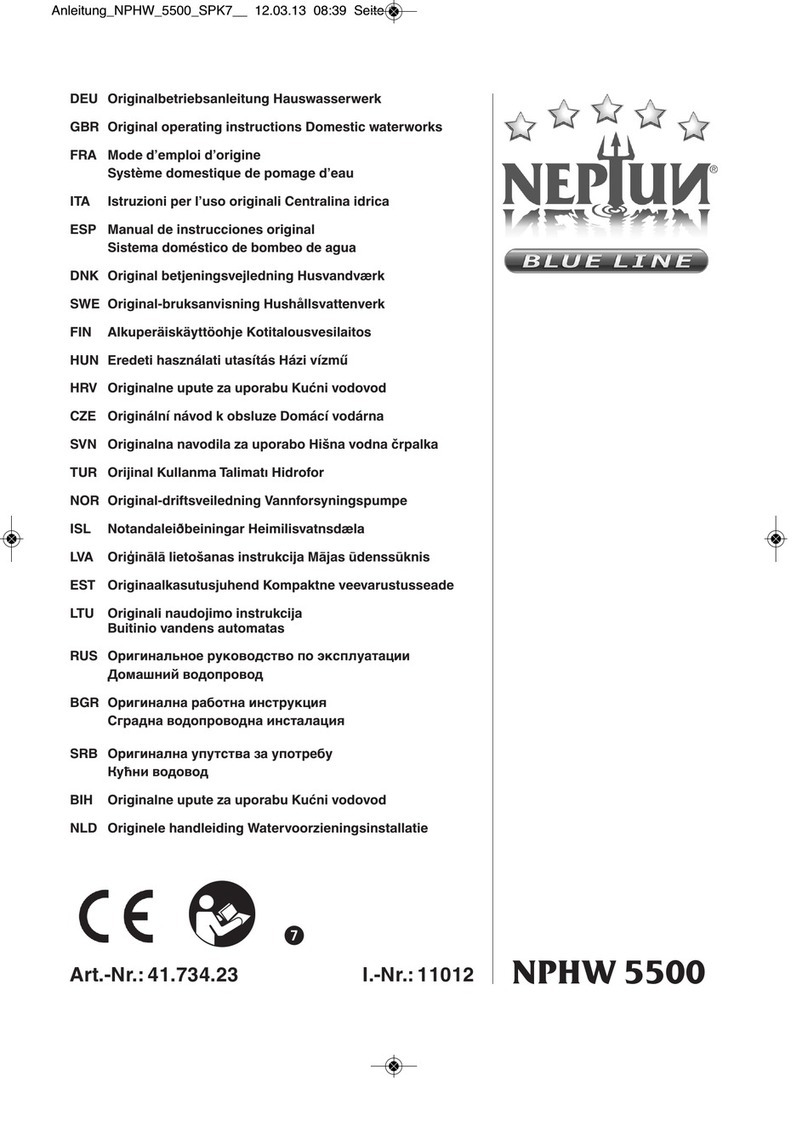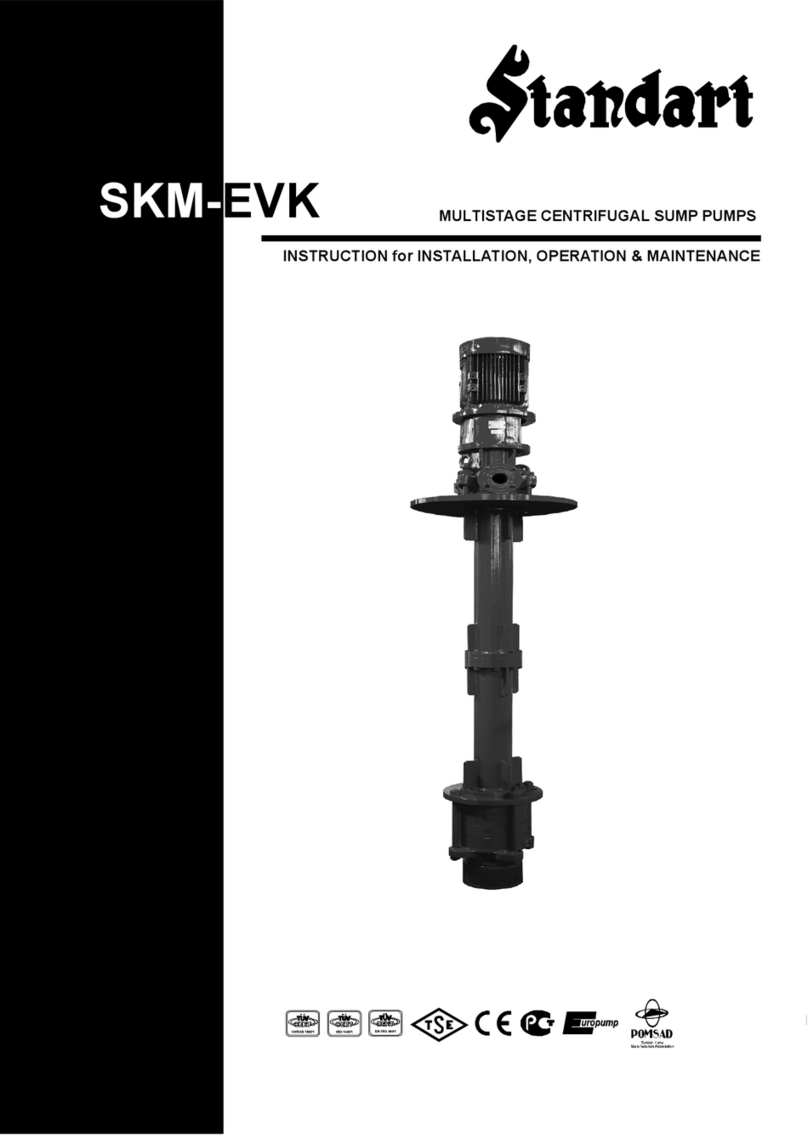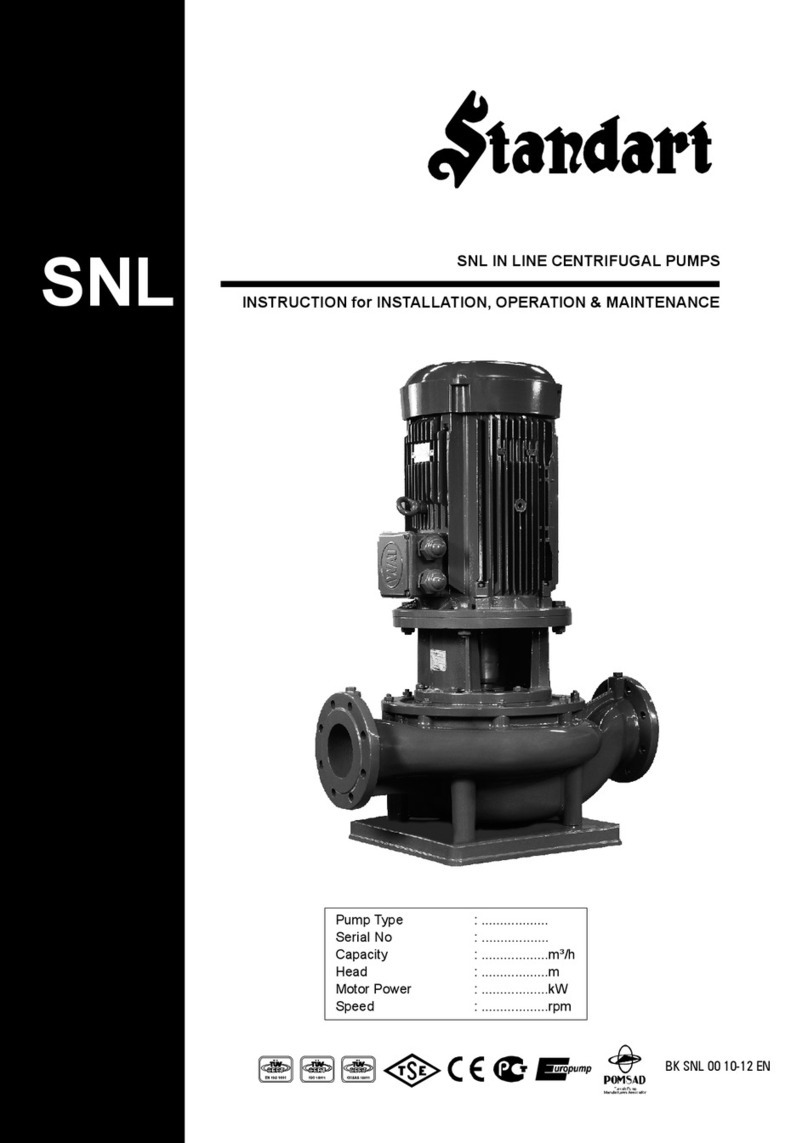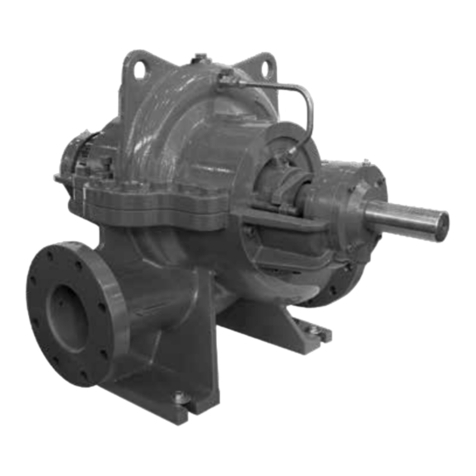
iii
ATTENTION
This manual is intended to be a reference guide for users of pumps providing information on
Pump installation and maintenance instructions,
Pumps start-up, operation and shut - down procedures.
IDENTIFICATION OF SAFETY AND WARNING SYMBOLS
Safety instructions in this manual which could cause dangerto life if not observed.
The presence of a dangerous electric current.
Non – observance tothis warning could damage the machine or aect its functions.
GENERAL INSTRUCTIONS
- This manual should be kept in a safe place and ALWAYS be available to the QUALIFIED
operating and maintenance personnel responsible for the safe operation and maintenance
of the pumps.
-Qualied personnel should be experienced and knowledgeable of safety standards.
- To avoid faulty operation and malfunctioning of pumps the instructions in this manual are to be CAREFULLY
studied and followed at all stages of the pump installation and operating life.
-The user is responsible for ensuring that inspection and installation are carried out by authorized and qualied
personnel who have studied this manual carefully.
-The pump should be used ONLY in the operating conditions given on the order for which the pump and
materials of the construction have been selected and tested.
-If the pump is to be used for a dierent application please contact sales oce or representative of the
manufacturer. STANDART POMPA refuses to assume any responsibility if the pump used for dierent applications
without prior written permission.
-If the pump is not to be installed and operated soon after arrival, it should be stored in a clean and dry place
with moderate changes in ambient temperature. Extreme low or high temperatures may severely damage the
pump unless suitable precautions are taken. The user is responsible for the verication of the ambient conditions
where the pump will be stored or installed.
- STANDART POMPA does not guarantee repairs or alterations done by user or other unauthorized personnel.
The use of original spare parts and accessories authorized by manufacturer will ensure safety.
-This manual does not take into account any site safety regulation, which may apply.
SAFETY INSTRUCTIONS
Strictly obey to the following instructions to prevent personal injuries and/or equipment
damages:
-Pump should be used only in the specied operating conditions.
- Any weight, stress or strains on the piping system should not be transmitted tothe pump.
-Electrical connections on the motor or accessories must always be carried out by authorized personnel and
in accordance tothe local codes.
- Any work on the pump should be only carried out when the unit has been brought to standstill.
- Always disconnect the power to the motor and make sure not be switched on accidentally
before working on the pump or removing the pump from installation.
- Any work on the pump should be carried out by at least two persons.
- When approaching the pump always be properly dressed and/or wear safety equipment suitable for the work
to be done.
-Do not work on the pump when it is hot.
-Do not touch the pump or piping with temperatures higherthan 80 ºC. User must take suitable precaution
to warn the persons (e.g. using warning signs, barrier).
- Always be careful when working on pumps that handling dangerous liquids (e.g. acids or hazardous uids).
-Do not work on the pump when the pump and piping connected tothe pump are under pressure.
- After completion of the work always x the safety guards back in places previously removed.
-Do not run the pump in the wrong direction of rotation.
-Do not insert hands or ngers into the pump openings or holes.
-Do not step on the pump and/or piping connected tothe pump.
